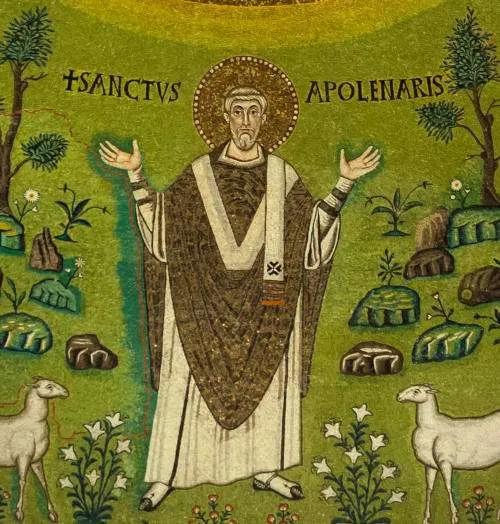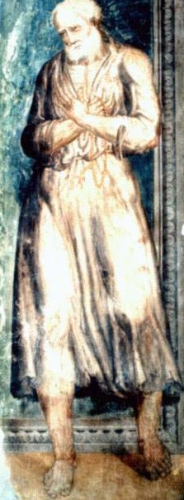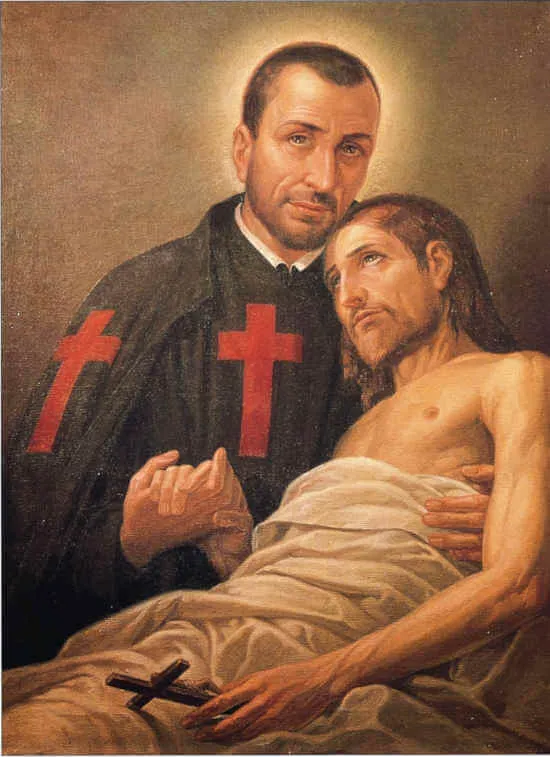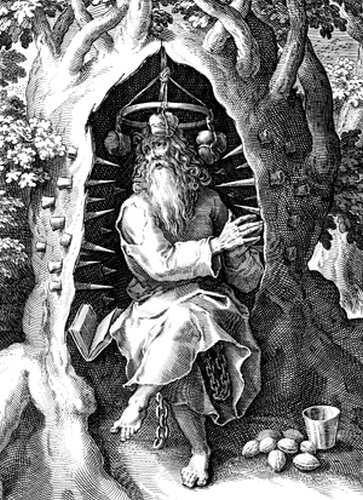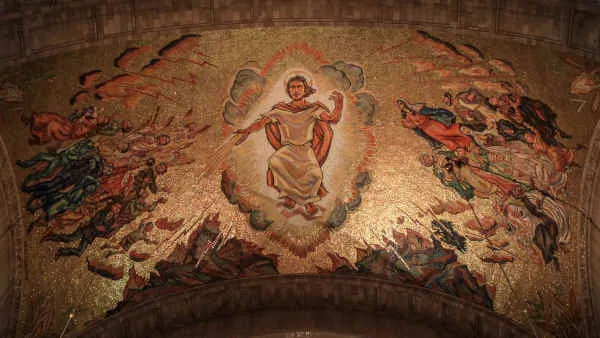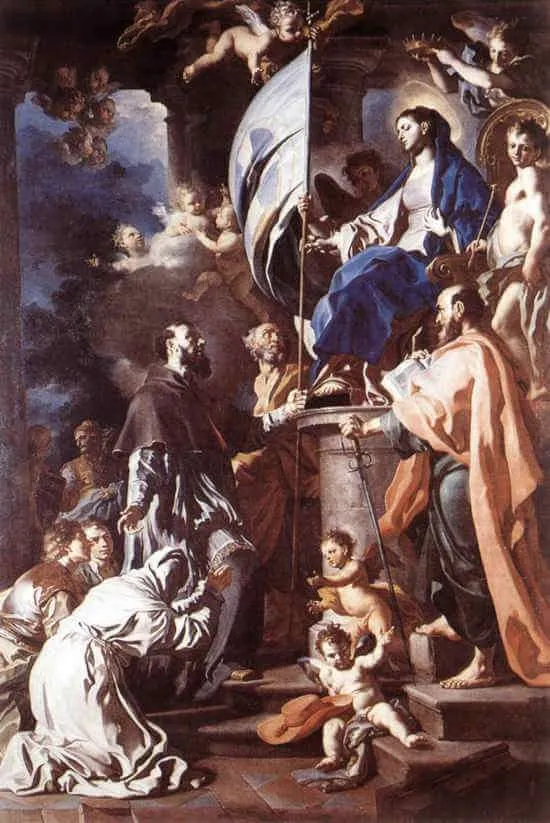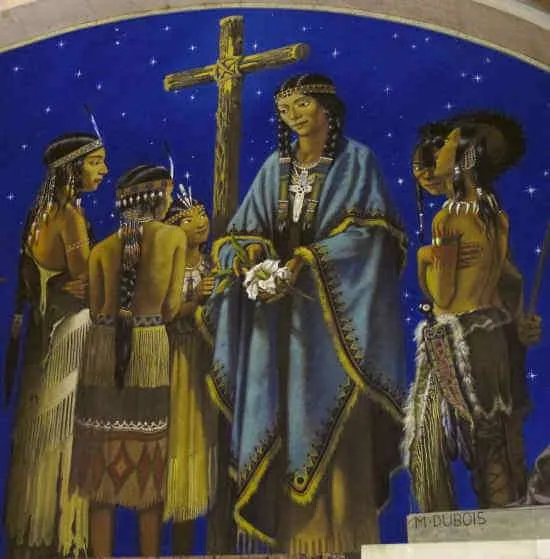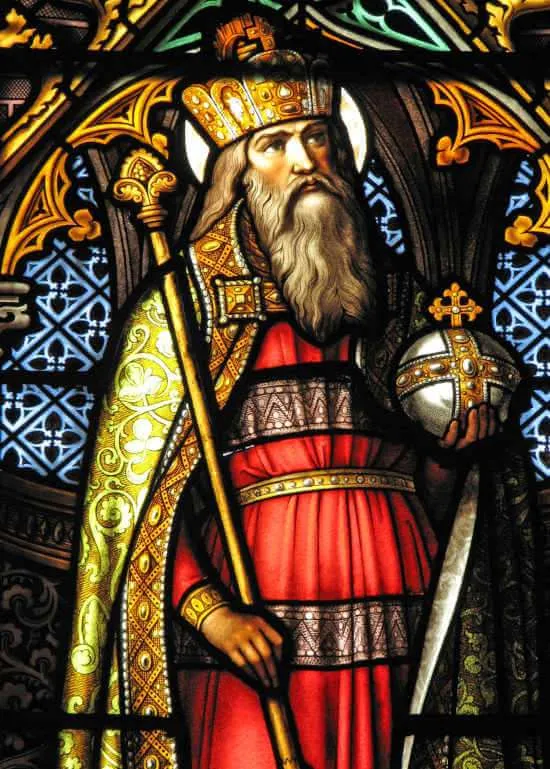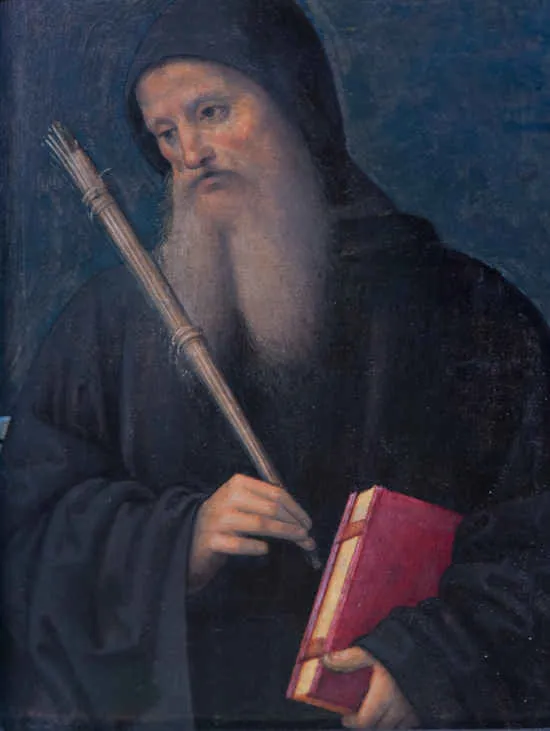Saint Apollinaris, Bishop and Martyr
First Century–c. 79 (Or possibly died late Second Century); Patron Saint of Ravenna and Emilia-Romagna, Italy; Invoked against gout, venereal disease, and epilepsy; Pre-Congregation canonization
On May 9, 549, Bishop Maximian of Ravenna, located in modern-day Italy, dedicated a church to Saint Apollinaris. This church, one of the few Italian churches with a treasure of Byzantine art, still stands. Its greatest treasure, however, is the remains of the saint himself. Though little is certain about his life, he has been honored for centuries as the first bishop of Ravenna, and many have sought his intercession.
According to one tradition, Apollinaris was born in Antioch, in modern-day Turkey. Saints Paul and Barnabas preached in Antioch (Acts 11:26), and it was there that followers of Christ were first referred to as Christians. The Apostolic Constitutions, a document from the late fourth century, also notes that Saint Peter preached in Antioch and served as the town’s first bishop before becoming the first bishop of Rome. It’s possible that while in Antioch, Apollinaris was converted to the faith by Saint Peter, or even earlier by Jesus Himself, being one of the seventy-two sent out on mission by Jesus. Regardless, tradition states that Saint Peter ordained Apollinaris as a bishop and sent him to Ravenna to serve as that city’s first bishop.
In Ravenna, Bishop Apollinaris preached the Good News, attracting many converts. Like many early disciples, he was also a miracle worker. At that time, Ravenna was an important port city for the Roman Empire, replete with buildings, roads, aqueducts, bathhouses, and marketplaces. The predominant religion was that of the Roman Empire, honoring various pagan gods and goddesses with temples and rituals. Therefore, when Bishop Apollinaris arrived in Ravenna and began to preach the Gospel of Jesus Christ, many perceived Christianity as a direct threat to their way of life and beliefs. Citizens who opposed him beat him and drove him out of the city. Tradition holds that he was found close to death on the seashore, where fellow Christians rescued and hid him.
Despite this persecution and determined to complete his mission, Bishop Apollinaris returned to Ravenna. This time, he was captured, forced to walk on burning coals, and expelled from the city once again. He then traveled about sixty miles to the west to the town of modern-day Emilia-Romagna, where he continued his mission and won over many converts.
Undeterred from converting the people of Ravenna, Bishop Apollinaris returned for a third time, only to face great resistance again. This time, it is said that he was cut with knives and had scalding water poured on his wounds. After his persistent preaching of the Gospel, his abusers silenced him by beating his mouth with rocks. After several days chained in a dungeon, he was not only ejected from the city again but also placed on a ship to Greece, effectively ridding the citizens of Ravenna of him.
In Greece, Bishop Apollinaris continued his ministry of preaching and performing miracles. However, after winning over many converts, the local pagan priests complained that his presence was disrupting their communication with the gods and goddesses through their oracle. As a result, Bishop Apollinaris was placed on a ship and returned to Ravenna.
By the time Bishop Apollinaris returned to Ravenna, Vespasian was the Roman Emperor. While Emperor Vespasian did not engage in an empire-wide persecution of Christians, he was aware of the complaints against them. Legend has it that to address these new “pagans,” who were called Christians, Vespasian ordered the exile of certain Christians, including Bishop Apollinaris. After being dragged out of the city a fourth time, Apollinaris was beaten in Classis, just south of Ravenna, and again left for dead. Whether he died as a result of this final beating is unknown, but he is nonetheless honored as a martyr on the Church’s liturgical calendar. Saint Apollinaris is believed to have served as the first Bishop of Ravenna for twenty to twenty-six years. Other historical evidence from the seventh century suggests that he may have actually lived a century later, dying during the persecution of Emperor Septimius Severus in the late second century.
Though reliable data falls short in determining the historical accuracy of the legends attributed to Saint Apollinaris, the fact of his veneration has been well known at least since the sixth century, when the aforementioned Basilica in Ravenna was first dedicated. Popes in the sixth and seventh centuries encouraged his veneration. Other churches were built in his honor in Rome, Bologna, France, and Germany. Today, his intercession is still sought, and his relics are revered in the Basilica of Sant’Apollinare Nuovo, Ravenna.
As we honor this early bishop of the Church, consider the fact that his work of sharing the Gospel continues to have an effect upon many people. First, the converts he made helped spread the Gospel in the early Church, and the Church is what it is today because of such heroic saints. Second, his witness to the Gospel continues to inspire many who hear his story and become inspired by his life. As you seek his intercession today, commit to following his example. When you face opposition to the Gospel or hostility from the modern secular world towards your faith, stand strong and strive to remain strong in the faith, bearing witness in every way you are called.
Source: https://mycatholic.life/saints/saints-of-the-liturgical-year/july-20—saint-apollinaris-bishop-and-martyr/
Saint Apollinaris, Bishop and Martyr Read More »


